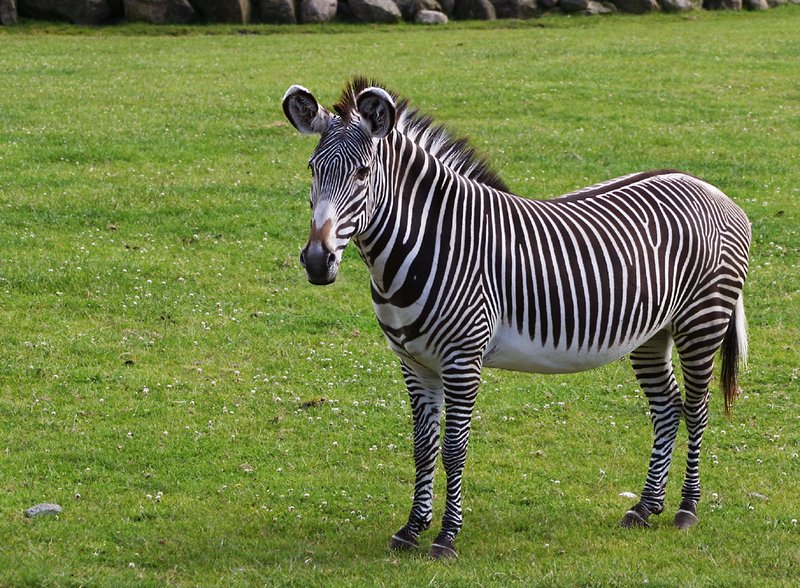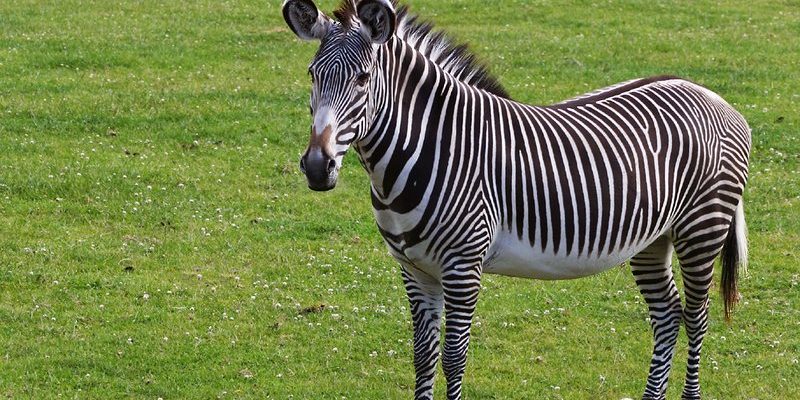
Encountering a Grevy’s zebra can feel like stepping into a wildlife documentary. They are known for their tall, slender bodies and large ears, which give them a unique silhouette among their zebra cousins. Understanding how to respectfully observe and interact with them not only ensures your safety but also contributes to the conservation of this incredible species. So, let’s break down everything you need to know for a safe and enjoyable encounter.
Understanding Grevy’s Zebras
Before diving into what actions to take during an encounter, it’s essential to understand what makes **Grevy’s zebras** so special. These zebras are the largest of all zebra species and are primarily found in the semi-arid regions of East Africa, particularly in Kenya and Ethiopia. Their stripes are not just for looks; they play a role in social interactions and camouflage against predators.
You might wonder why they’re called Grevy’s zebras. The name comes from Jules Grevy, a 19th-century French president who helped popularize them in European zoos. Unlike the common plains zebra, which could have a more uniform coat, **Grevy’s zebras** have narrower stripes and a unique pattern, making them easy to distinguish.
What’s fascinating is how these zebras live in loose social groups. They communicate with each other through various vocalizations and body movements. If you do encounter one, observing its behavior can reveal a lot about its social structure and habits.
Safety First: Keeping Your Distance
When you spot a Grevy’s zebra, your first instinct might be to get closer for a better look. However, it’s vital to keep a respectful distance. **Wildlife photographers** often have stories about getting too close to animals and the resulting chaos. Grevy’s zebras, while generally not aggressive, can feel threatened if approached.
Here’s what to keep in mind:
- Use Binoculars or a Telephoto Lens: This way, you can enjoy watching them without intruding on their space.
- Don’t Feed Them: Feeding wild animals can alter their natural behavior and make them reliant on humans for food.
- Observe Quietly: Loud noises can startle them or even cause them to flee. Keep your voice low.
Remember, you’re a guest in their home. Observing them from a safe distance lets you appreciate their natural beauty without disrupting their environment.
Behaviors to Watch For
When encountering *Grevy’s zebras*, pay attention to their body language. Animals communicate a lot through their movements and postures. If a zebra stands still with its ears perked up, it’s likely just curious about you. However, if it starts flicking its ears back or stomping its feet, it might be feeling threatened.
You might also see them grazing or interacting with one another. Watching how they socialize can be enlightening. They often engage in playful behavior, especially the young ones. This is vital for their development and social learning.
If you notice a herd gathering, it may be signaling a change in their activity, like moving to a different feeding area. If you’re in a vehicle, this is a perfect time to observe without interfering.
What To Do If You Feel Threatened
Feeling threatened is not uncommon in the wild—especially when encountering large animals. While Grevy’s zebras are generally harmless, if they perceive you as a threat, their natural instinct could be to flee or defend themselves. If you find yourself in a situation where a zebra is acting aggressively, here’s what you should do:
- Stay Calm: Panicking can make the situation worse. Take deep breaths and assess your surroundings.
- Back Away Slowly: If you’re on foot, slowly retreat without turning your back. This signals that you’re not a threat.
- Don’t Corner Them: Ensure you’re not blocking their escape route. Zebras can bolt quickly if they feel trapped.
It’s essential to treat wildlife with respect and caution. Every animal has its own way of responding to stress, and knowing how to react can keep both you and the zebra safe.
Documenting Your Encounter
If you’re lucky enough to see these magnificent creatures, capturing the moment can be tempting. However, it’s important to do so responsibly. Here are some tips for documenting your encounter without disturbing the zebras:
- Use a Zoom Lens: A good zoom lens allows you to take stunning photos without getting too close.
- Practice Patience: Sometimes it takes a while for the zebras to come into an ideal position. Waiting quietly can lead to incredible shots.
- Respect Their Space: If an animal seems uncomfortable, it’s best to stop taking photos and give them space.
Remember, while photos are great keepsakes, the experience of watching these animals in their natural habitat is what truly counts.
Conservation Awareness
One last thought to keep in mind: Grevy’s zebras are classified as endangered due to habitat loss and poaching. If you care about wildlife and want to do your part, consider educating others about them or supporting conservation efforts. Many organizations work tirelessly to protect these beautiful animals and their habitats.
By simply sharing what you learn about Grevy’s zebras, you can help raise awareness. Every little bit counts, and who knows? Your experience could inspire someone else to appreciate and protect wildlife, too.
Encountering a Grevy’s zebra in the wild is more than just a thrilling moment; it’s an opportunity to connect with nature. By respecting their space, understanding their behaviors, and reacting calmly if situations arise, you can enjoy the experience fully and safely. And don’t forget to appreciate the beauty of these animals from a distance, soaking in the memory rather than just snapping the perfect shot.
So, the next time you find yourself in the wild and spot a Grevy’s zebra, remember that you’re part of their story too—one that’s all about coexistence and respect for our beautiful planet. Happy adventuring!

